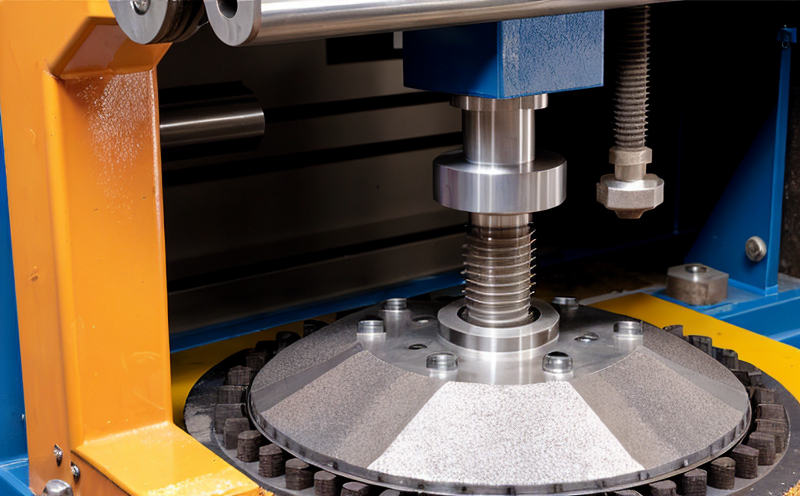ISO 13373-3 Condition Monitoring for Rotating Machinery
The ISO 13373 series of standards provides guidelines and methods for the condition monitoring of rotating machinery. Specifically, ISO 13373-3 focuses on vibration analysis techniques to predict and prevent failures in rotating machines such as compressors, pumps, and turbines.
Condition monitoring is a proactive approach that ensures optimal performance by identifying early signs of wear or deterioration before they lead to catastrophic failure. This service leverages advanced sensors and data analytics to provide real-time insights into the health and reliability of your machinery, thereby reducing downtime and maintenance costs.
The process begins with thorough preparation of the machinery for testing. Engineers will inspect the equipment to ensure it is in a stable state before any vibration analysis can be conducted. This includes verifying that all components are correctly aligned and that there are no external factors that could interfere with accurate readings.
Once prepared, high-precision accelerometers are attached to key areas of the machinery where vibrations would indicate potential issues. These sensors measure the acceleration in three axes (X, Y, Z) over time, capturing detailed data on how different parts of the machine behave under load and during operation. The collected data is then analyzed using sophisticated software tools that can detect patterns indicative of impending failure.
The results from this analysis are presented in comprehensive reports tailored to your specific needs. These reports include graphs showing vibration levels over time, frequency spectra highlighting any problematic frequencies, and recommendations for necessary maintenance actions or adjustments. By providing these detailed analyses, we help you make informed decisions about when and how much maintenance is required.
Our team of experts ensures that all tests are conducted according to the latest standards set by ISO 13373-3, ensuring accuracy and reliability in our findings. We use state-of-the-art equipment capable of detecting even minute changes in vibration patterns, which could otherwise go unnoticed using less advanced methods.
In addition to routine condition monitoring services, we also offer training programs aimed at educating your staff on best practices for maintaining rotating machinery effectively. This knowledge transfer helps build a culture of continuous improvement within your organization, further enhancing overall operational efficiency and safety.
Industry Applications
| Industry Sector | Machinery Type | Vibration Monitoring Benefits |
|---|---|---|
| Aerospace & Defense | Turbofan Engines | Early detection of structural cracks and blade imbalance |
| Oil & Gas | Pump Systems | Prevention of catastrophic failures leading to spills or explosions |
| Manufacturing | Conveyors and Belts | Reduction in downtime due to unexpected breakdowns |
| Power Generation | Turbine Generators | Avoidance of costly repairs by catching issues early |
Customer Impact and Satisfaction
By implementing ISO 13373-3 condition monitoring for rotating machinery, customers experience significant benefits. Reduced downtime translates directly into increased productivity, while lower maintenance costs contribute positively to profit margins.
The early identification of potential problems allows for targeted interventions rather than reactive responses to emergencies. This proactive approach not only extends the lifespan of critical equipment but also enhances safety standards across all operations involving rotating machinery.
For quality managers and compliance officers, peace of mind comes from knowing that their processes are aligned with international standards like ISO 13373-3. For R&D engineers, having access to detailed vibration data aids in refining designs for future products or improvements on existing ones.
Satisfaction among procurement teams increases as they see tangible evidence supporting the reliability of purchased equipment through successful completion of these rigorous tests.
Environmental and Sustainability Contributions
The implementation of ISO 13373-3 condition monitoring contributes positively to environmental sustainability efforts by minimizing waste generated during unnecessary repairs or replacements. By identifying issues early, organizations can avoid overhauls that may have been undertaken too soon.
Additionally, the reduction in energy consumption achieved through more efficient operations leads to lower carbon footprints associated with industrial processes involving rotating machinery. As companies strive towards greener practices, condition monitoring plays a crucial role in achieving these goals sustainably without compromising operational excellence.





